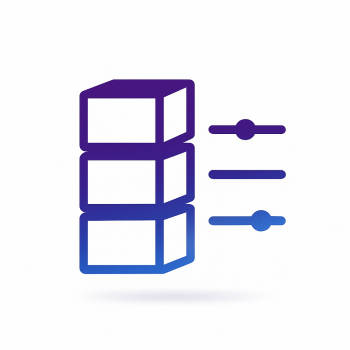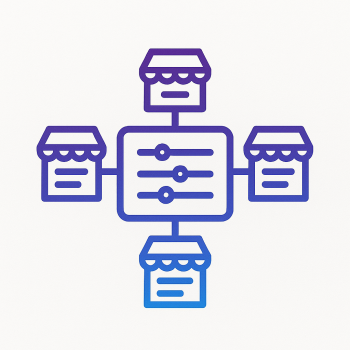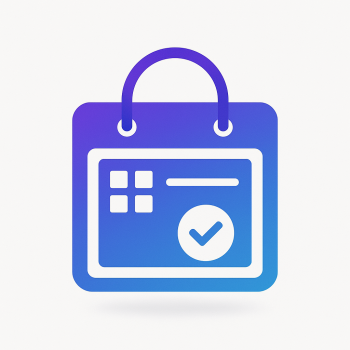How to Implement a Dynamic Pricing Strategy Based on Customer Behavior in Magento 2

Understanding Customer Behavior Data in Magento 2 for Dynamic Pricing
Dynamic pricing is a powerful strategy that adjusts product prices based on customer behavior, demand, and other real-time factors. In Magento 2, leveraging customer data—such as browsing history, purchase frequency, and cart abandonment—can help you implement dynamic pricing effectively.
Key Customer Behavior Metrics to Track:
- Browsing History: Identify which products a customer views but doesn’t purchase.
- Purchase Frequency: Reward loyal customers with discounts or adjust prices for one-time buyers.
- Cart Abandonment: Offer time-sensitive discounts to incentivize completing the purchase.
- Geolocation: Adjust prices based on regional demand or currency fluctuations.
Magento 2 provides built-in reports and integrations with analytics tools like Google Analytics to gather this data. You can also use extensions like Magento Customer Segmentation to categorize shoppers and apply tailored pricing rules.
Step-by-Step Guide to Implementing Dynamic Pricing Rules
Now, let’s dive into the practical steps to set up dynamic pricing in Magento 2.
1. Set Up Customer Segmentation
First, segment your customers based on behavior. Navigate to: Marketing > Segments > Add Segment Define rules like "Customers who viewed Product X but didn’t buy in the last 7 days."
2. Create a Dynamic Pricing Rule
Use Magento’s Catalog Price Rules or Cart Price Rules: Marketing > Promotions > Catalog Price Rule Here’s an example of a rule that applies a 10% discount for returning customers:
// Sample condition for returning customers
if ($customer->getTotalOrders() > 1) {
$finalPrice = $product->getPrice() * 0.9;
}
3. Use Custom Attributes for Advanced Pricing
For more granular control, create custom product attributes (e.g., "demand_score") and adjust prices dynamically via an observer:
// Example Observer to modify price
public function execute(\Magento\Framework\Event\Observer $observer) {
$product = $observer->getEvent()->getProduct();
$demandScore = $product->getData('demand_score');
if ($demandScore > 80) {
$product->setFinalPrice($product->getPrice() * 1.2); // Increase price by 20%
}
}
Best Practices for Testing and Optimizing Dynamic Pricing
- A/B Test Pricing Rules: Use tools like Google Optimize to compare different pricing strategies.
- Monitor Performance: Track metrics like conversion rate, average order value, and revenue per visitor.
- Adjust in Real-Time: Use Magento’s cron jobs to update prices based on inventory or demand changes.
Case Studies of Successful Dynamic Pricing in Magento 2
Case Study 1: A fashion retailer increased revenue by 15% by offering personalized discounts to cart abandoners. Case Study 2: An electronics store optimized prices during peak hours using geolocation data, boosting sales by 12%.
Integrating Dynamic Pricing with Other Magento 2 Extensions
Combine dynamic pricing with: - Magento Loyalty Programs to reward repeat buyers. - Inventory Management Extensions to adjust prices based on stock levels. - AI-Powered Pricing Tools for automated competitor price matching.
Dynamic pricing isn’t just about discounts—it’s about maximizing profit while delivering value. Start small, test rigorously, and scale based on data!





